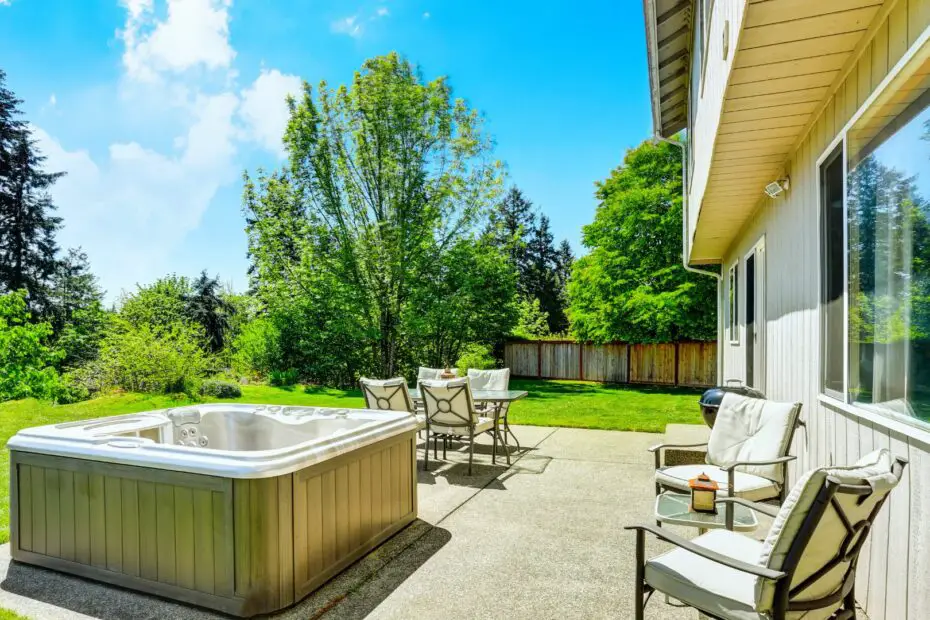Inflatable hot tubs are a popular choice for those seeking relaxation and convenience. However, they can consume a significant amount of energy, especially when used frequently. Implementing energy-efficient practices is not only environmentally responsible but also cost-effective. This article explores practical tips on how to make your inflatable hot tub more energy-efficient.
Understanding Energy Consumption in Hot Tubs
Before diving into efficiency tips, it’s important to understand where energy is most used in a hot tub. Heating the water and running the pump system are the primary energy-consuming activities. Keeping these in mind, let’s explore ways to reduce energy usage.
Tips for Energy Efficiency
1. Use a Quality Insulating Cover:
- A well-insulated cover is key to preventing heat loss, especially when the hot tub is not in use. Make sure the cover fits snugly and is in good condition.
2. Maintain Optimal Water Temperature:
- While it’s tempting to have very high water temperatures, setting the hot tub to a moderate temperature (around 102°F) can save significant energy.
- Lower the temperature when the hot tub is not in use, but avoid letting it get too cold, as reheating from a low temperature can consume more energy.
3. Use a Thermal Blanket:
- Place a floating thermal blanket under the cover when the hot tub is not in use. This adds an extra layer of insulation and reduces heat loss.
4. Optimize Filter Cycles:
- Adjust the filtration cycles to run less frequently or for shorter periods, particularly if the hot tub is not used daily.
- Ensure the filters are clean to maintain efficient operation.
5. Limit Exposure to Wind:
- Place your inflatable hot tub in a location sheltered from the wind, as wind can cool the water more rapidly.
- Consider using windbreaks like fencing or outdoor screens.
6. Regular Maintenance:
- Regularly check and maintain the hot tub to ensure it operates efficiently. This includes checking for leaks and ensuring the heating system is functioning properly.
7. Use Energy-Efficient Accessories:
- Opt for energy-efficient pumps and heaters that consume less power.
- Consider solar-powered LED lights for ambiance instead of traditional lighting.
8. Smart Heating Practices:
- Heat the hot tub during off-peak hours to take advantage of lower electricity rates.
- Consider using a timer to control the heating cycles.
9. Upgrade Insulation:
- Add additional insulation around the hot tub, especially if it’s an older model. Special insulating mats can be placed underneath.
10. Consider Solar Heating Options:
- Explore solar heating systems as a supplementary heat source to reduce reliance on electric heaters.
Conclusion
Making your inflatable hot tub more energy-efficient is a combination of proper maintenance, smart use of accessories, and conscious heating practices. By implementing these tips, you can enjoy the luxury of your hot tub while minimizing its impact on your electricity bill and the environment. Remember, small changes can lead to significant savings over time.
FAQs
Most Economical Way to Run a Hot Tub
- Use a Quality Cover: Minimizes heat loss, reduces energy use.
- Maintain Water Temperature: Avoids the high energy cost of frequent reheating.
- Regular Maintenance: Ensures efficient operation and longevity.
- Energy-Efficient Model: Opt for a hot tub designed for low energy consumption.
- Strategic Placement: Place in a sheltered area to reduce heat loss.
Should Inflatable Hot Tubs Be Left On All the Time?
Leaving an inflatable hot tub on constantly is generally recommended. This maintains a steady temperature, which is more energy-efficient than heating from cold each use. Regular monitoring of water quality and periodic maintenance are important to ensure safety and prolong the tub’s lifespan.
Optimal Duration for Running Inflatable Hot Tub Filter
Run your inflatable hot tub filter for at least 1-2 hours daily. For frequent or heavy use, increase filtering time to ensure clean, clear water. Regular monitoring and adjusting based on usage patterns and water quality are essential for maintaining optimal filtration efficiency.

